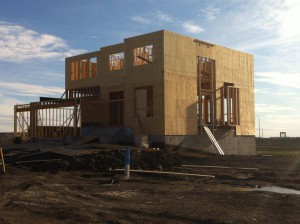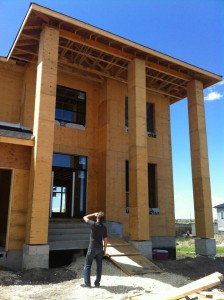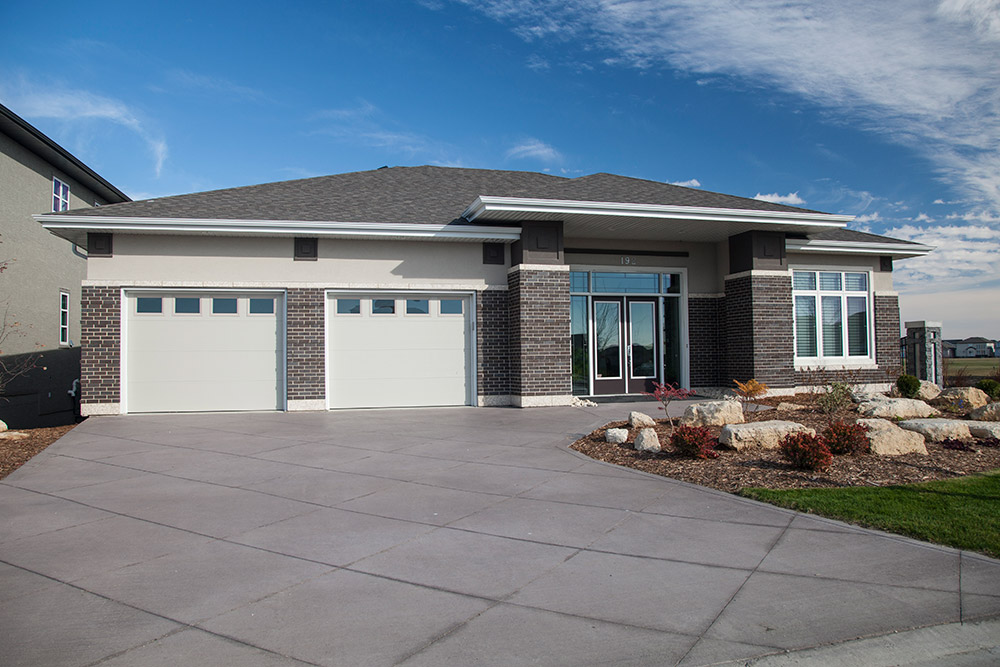
CONTACT US
100 – 1015 Wilkes Avenue
Winnipeg, Manitoba
R3P 2R8
Phone: 204-949-3870
Fax: 204-949-3876
[email protected]
Winnipeg, Manitoba
R3P 2R8
Phone: 204-949-3870
Fax: 204-949-3876
[email protected]

Consumers have made it clear that they want better information about the home buying process.
If you’re like the people we have talked with, you have some definite ideas about what should and shouldn’t happen when you buy a new home.
You expect the builder or sales agent to listen to you, hear what you want and present you with clear, understandable options.
You want pricing information that’s up front, complete and ensures you won’t get expensive “surprises” later on. You don’t want home buying to be a game between you and a pushy sales person looking for a fast sale. You want to know that the person building your home is committed to your satisfaction – that you aren’t just another “number”, but a valued customer.
We believe that when you buy a home, you shouldn’t settle for anything less than this. And if any builder or sales agent you talk to can’t meet this standard, you should take your business elsewhere.
For homebuyers, it all comes down to a few important points. Professional homebuilders have the skills and knowledge it takes to “do the job right”. A solid track record and experience are essential qualifications. And most importantly, the builder must be honest, fair-minded and committed to customer service. We couldn’t agree more.

For many home buyers, the choice between a used home and a brand-new home is easy: new homes offer a whole range of advantages that are simply not available in a resale property. Here are some of the reasons that have convinced others to buy new.
“For anyone considering buying a new home, today’s market conditions may well be the best in many decades,” says the Canadian Home Builders’ Association. “Whether you are a first-time home buyer or already own your current home now is the right time to make the move.
If you have been thinking about buying a new home, now is the time to take a closer look.
Canadians are some of the best-housed people in the world. Our country has long been recognized as a world leader in residential construction technology, and more recently, the Canadian “housing system”-the system that supports new home buyers through technical research, consumer information, financing, mortgage insurance, new home warranty and so on-has gained international acclaim.
Throughout the world, a Canadian-style home is synonymous with quality. The popularity of Canadian wood-frame construction increased dramatically, for example, in Japan after a recent earthquake demonstrated the superior strength of this type of housing. Canadian new home professionals are building homes and communities in countries around the world, such as Germany, Russia and China, to mention a few examples.
To homebuyers abroad, the attraction of Canadian housing is clear. The homes are exceedingly comfortable, energy efficient, healthy, spacious and durable. The Canadian home has been developed carefully over many years to suit our climate, one of the most demanding and varied in the world.
Canadian construction techniques and building products are among the most advanced in the world. Energy-efficient construction-including superior insulation, high-performance windows and state-of-the-art heating, cooling and ventilation equipment has created homes that can withstand the harsh cold of winter or a mid-summer’s heat wave, while leaving the indoor air fresh and pleasant. The spacious, open design of Canadian homes is an additional attraction, along with a sophisticated selection of high-quality finishing products, such as exterior cladding and pre-fabricated kitchen cabinetry.
Our technological know-how goes hand in hand with good management. Canadian builders know how to achieve cost-effective designs and on-site efficiency. Canadian-trained crews are highly skilled, and work well and quickly. As a result, value and quality are built right into new homes from foundation to finishing, here in Canada and abroad.
But our international reputation goes beyond construction and technological expertise. What most Canadians take for granted-availability of mortgages at reasonable interest rates, low down payments, mortgage insurance, building codes and standards, and new home warranty-places Canada at the forefront of housing affordability, quality and choice.
In essence, the Canadian housing system ensures a reasonable opportunity for Canadians to own a home, with the confidence that their home is healthy, safe and durable, and that their investment is well protected. Many countries, including Russia, Morocco, South Korea, Trinidad, Poland and others, are looking to the Canadian system for ways to improve their own housing systems.
The Canadian professional new home building industry-setting the standards for excellence in homes everywhere!


Buying a new home is a big decision and you want to get full value for your investment. This means choosing an established and reputable builder – someone you can trust, someone who has the technical skills and knowledge to build a great home, and someone who will deal with you fairly and professionally.
Before you enter into a building agreement with anyone, you should do a little qualifying of your own: Is this the kind of company that you want to do business with, and how can you be sure that you will get the home and the service you want? Here are some questions you may want to ask:
It’s hard to get what you want if you don’t ask for it. In the home building business, the real professionals want to know your expectations and needs. So, don’t hesitate to “speak your mind”. Not everyone finds this easy to do, but it is very important. If the builder or sales agent you deal with is not responsive to your questions, chances are you should choose another company.
When there are things about a new home that you don’t understand, ask questions. It’s the builder’s or sales agent’s job to explain things to your satisfaction. Good builders and salespeople want the opportunity to do this.
Ask questions about the builder. We’ve provided some suggestions. You need to let the builder know that character and reputation matter to you. A real professional builder can meet this test and will respect you for asking these questions.
Balance price and value. A price that’s “too good to be true” probably is. The range of prices in the new home market generally reflects differences in location, features and quality of construction. There’s no magic involved. Higher prices should reflect better-quality materials, finishing, features and service. The opposite is usually true when prices are lower than average. Make sure the price you are offered will deliver the quality you want.


Most trends shift often. The “must-have” of the moment might very well be tossed on the fad scrap heap before the next calendar page is flipped.
Housing fashions, though, are different. Since homes can stand up for a hundred years or more, trends in residential building tend to stick around for a bit longer. Paying attention to home-design when you’re choosing your new home plan is a good idea.
Unfortunately, practices like the following have somewhat tainted the reputation of the home-building industry: